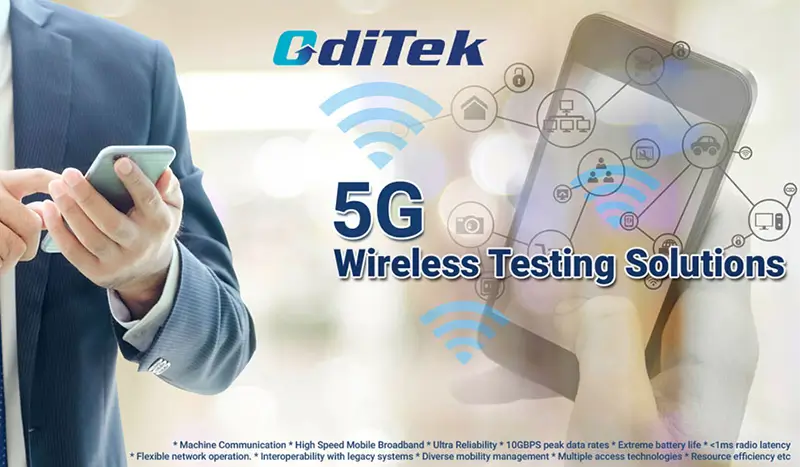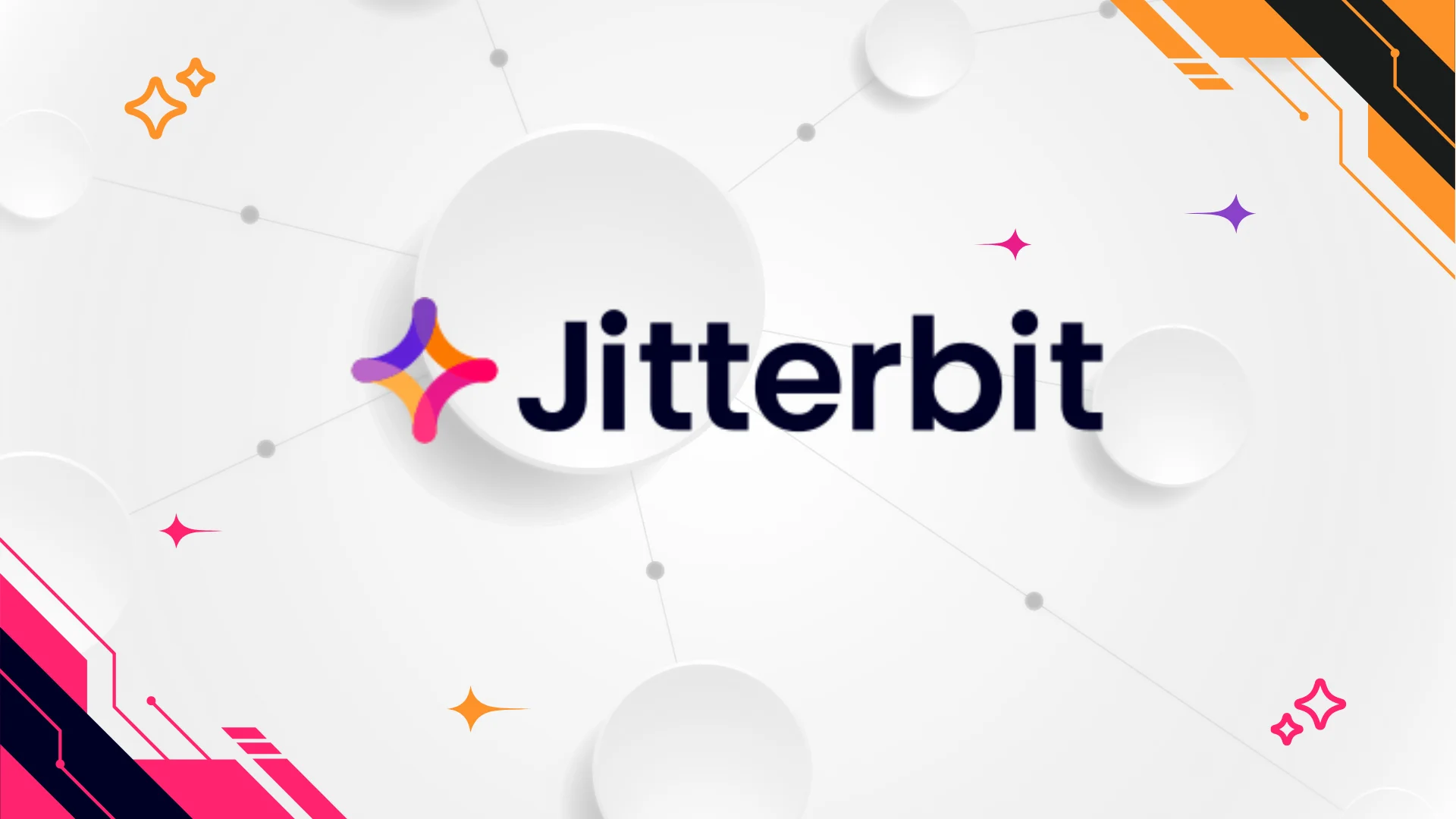What is 5G Network
5G Technology stands for 5th Generation Mobile technology. It supports different kinds of UEs that includes IoT devices, camera, MP3 recording, video player, large phone memory, dialing speed, audio player and much more.
5G Technology Offers
– Support for multiple access technologies
– Scalable and customizable network
– Advanced Key Performance Indicators (KPIs) (e.g., availability, latency, reliability, user experienced data rates, area traffic capacity)
– Flexibility and programmability (e.g., network slicing, diverse mobility management, Network Function Virtualization)
– Resource efficiency (both user plane and control plane)
– Seamless mobility in densely populated and heterogeneous environment
– Support for real-time and non-real time multimedia services and applications with advanced Quality of Experience (QoE)
Multiple Access Technologies
5G system will support 3GPP access technologies, including one or more NR and E-UTRA as well as non-3GPP access technologies. Interoperability among the various access technologies will be imperative. For optimization and resource efficiency, the 5G system will select the most appropriate 3GPP or non-3GPP access technology for a service, potentially allowing multiple access technologies to be used simultaneously for one or more services active on a UE. New technology such as satellite and wide area base stations will increase coverage and availability.
Flexible network operations are the mainstay of the 5G system. The capabilities to provide this flexibility include network slicing, network capability exposure, scalability, and diverse mobility. Mobile Broadband (MBB) enhancements aim to meet a number of new KPIs. These pertain to high data rates, high user density, high user mobility, highly variable data rates, deployment, and coverage. High data rates are driven by the increasing use of data for services such as streaming (e.g., video, music, and user generated content), interactive services (e.g., AR), and IoT.
KPIs include requirements for various combinations of latency and reliability, as well as higher accuracy for positioning.
Legacy Service Support
5G system shall support all EPS capabilities (e.g., from TSs 22.011, 22.101, 22.278, 22.185, 22.071, 22.115, 22.153, 22.173) with the following exceptions:
– CS voice service continuity and/or fallback to GERAN or UTRAN,
– Seamless handover between NG-RAN and GERAN,
– Seamless handover between NG-RAN and UTRAN, and
– Access to a 5G core network via GERAN or UTRAN
Interoperability with Legacy 3GPP Systems
5G system shall support mobility procedures between a 5G Core Network and an EPC with minimum impact to the user experience (e.g. QoS, QoE)
Network slicing
Network slicing allows the operator to provide customized networks. For example, there can be different requirements on functionality (e.g., priority, charging, policy control, security, and mobility), differences in performance requirements (e.g., latency, mobility, availability, reliability and data rates), or they can serve only specific users (e.g., MPS users, Public Safety users, corporate customers, roamers.
Diverse Mobility Management
G is support for UEs with different mobility management needs. 5G will support UEs with a range of mobility management needs, including UEs that are
– Stationary during their entire usable life (e.g., sensors embedded in infrastructure),
– Stationary during active periods, but nomadic between activations (e.g., fixed access),
– Mobile within a constrained and well-defined space (e.g., in a factory)
– Fully mobile.
Efficient User Plane
5G is designed to meet diverse services with different and enhanced performances (e.g., high throughput, low latency and massive connections) and data traffic model (e.g., IP data traffic, non-IP data traffic, short data bursts and high throughput data transmissions).
User plane is more efficient for 5G to support differentiated requirements. On one hand, a Service Hosting Environment located inside of operator’s network can offer Hosted Services closer to the end user to meet localization requirement like low latency, low bandwidth pressure
Efficient Content Delivery
Video-based services (e.g., live streaming, VR) and personal data storage applications have been instrumental for the massive growth in mobile broadband traffic. Based on operator policy, the 5G system shall support an efficient mechanism for selection of a content caching application (e.g., minimize utilization of radio, backhaul resources and/or application resource) for delivery of the cached content to the UE.
Priority, QoS, and Policy Control
Existing QoS and policy frameworks handle latency and improve reliability by traffic engineering.5G network offer QoS and policy control for reliable communication with latency required for a service and enable the resource adaptations as necessary.
Dynamic Policy Control
5G system support optimized signalling for prioritized users and traffic where such signalling is prioritized over other signalling traffic. Based on operator policy, the 5G system allow flexible means to create and enforce priority among the different service flows by authorized users. Based on operator policy, the 5G system allow real-time, dynamic, secure and limited interaction with the QoS and policy framework for modification of the QoS and policy framework by authorized users.
Connectivity Models
The UE can connect to the network directly (direct network connection), connect using another UE as a relay UE (indirect network connection), or connect using both types of connections. These UEs can be anything from simple wearables, such as sensors embedded in clothing, to a more sophisticated wearable UE monitoring biometrics. They can also be non-wearable UEs that communicate in a Personal Area Network such as a set of home appliances (e.g., smart thermostat and entry key), or the electronic UEs in an office setting (e.g., smart printers), or a smart flower pot that can be remotely activated to water the plant. The relay UE can access the network using 3GPP or non-3GPP access (e.g., WLAN access, fixed broadband access). 3GPP and non-3GPP radio technologies and fixed broadband technologies can be supported for connectivity models between the remote UE and the relay UE.
Context AwareNetwork
Variety of sensors such as accelerometer, gyroscope, magnetometer, barometer, proximity sensor, and GPS can be integrated in a UE. UE can support different access technologies such as NR, E-UTRA, WLAN access technology, and fixed broadband access technology. The information gathered by sensors, the utilized access technologies, the application context, and the application traffic characteristics can provide useful information to the applications installed in the UE and can also help the 5G system utilize resources in an efficient and optimized way.
Self Backhaul
Wireless self-backhauling in the radio access network can enable simpler deployment and incremental rollout by reducing reliance on the availability of wired backhaul at each access node location. Network planning and installation efforts can be reduced by leveraging plug and play type features — self-configuration, self-organizing, and self-optimization.
Flexible Broadcast/Multicast Service
The proliferation of video services, ad-hoc multicast/broadcast streams, software delivery over wireless, group communications and broadcast/multicast IoT applications have created a need for a flexible and dynamic allocation of radio resources between unicast and multicast services within the network as well as support for a stand-alone deployment of multicast/broadcast network.
Energy Efficiency
5G system shall support mechanisms to improve battery life for a UE. 5G system shall optimize the battery consumption of a relay UE via which a UE is in indirect network connection mode.
The 5G system shall support UEs using small rechargeable and single coin cell batteries (e.g., considering impact on maximum pulse and continuous current.
Unified Access Control
Depending on operator policies, deployment scenarios, subscriber profiles, and available services, different criterion will be used in determining which access attempt should be allowed or blocked when congestion occurs in the 5G System.
Performance Requirements- High data rates and traffic densities
Several scenarios require the support of very high data rates or traffic densities of the 5G system. The scenarios address different service areas: urban and rural areas, office and home, and special deployments (e.g., massive gatherings, broadcast, residential, and high-speed vehicles.
Low latency and high reliability
overall service latency depends on the delay on the radio interface, transmission within the 5G system, transmission to a server which may be outside the 5G system, and data processing.
OdiTek’s Services Offerings on 5G Wireless
At OdiTek, we have good understanding of the 5th Generation specifications and challenges in terms of data rate, interfacing with machines etc. We offer our product development and testing services to either collaborate to build solutions OR to test your equipment and 5G enabled solutions. Please reach out to info@oditeksolutions.com for more information.







